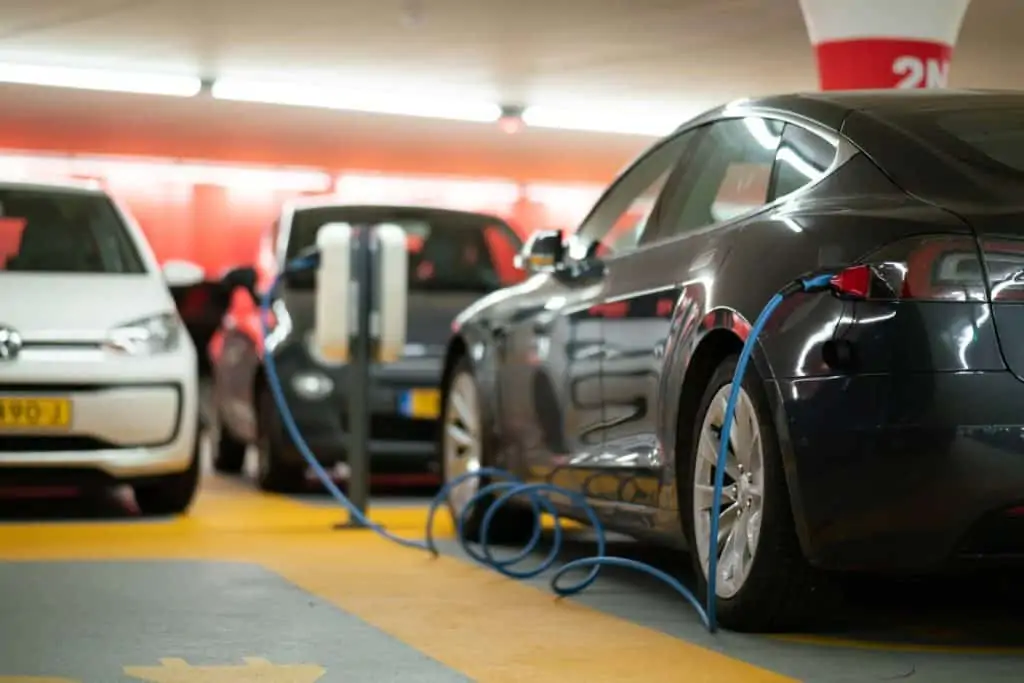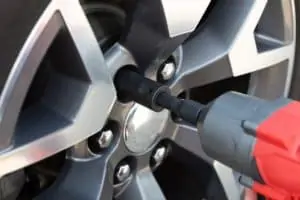In previous posts, we discussed the growth of Electric Vehicle Sales in the US market and made some predictions about their effect on the US aftermarket service industry. We even boldly predicted the effects on the tire and brake job segments of the service industry. However, in the past year, Bloomberg New Energy Finance has already revised its forecast up. We used the Bloomberg New Energy Finance Executive Summary from 2017 as the basis for our previous service industry predictions. Other forward-looking organizations have begun to predict accelerating sales of EVs as well. If revisions prove accurate, our estimations of decreased aftermarket service expenditures will only accelerate as well. It is difficult to know how accurate the vehicle sales predictions are so we decided to spend some time looking at the drivers that could accelerate future EV sales.
Consumers’ Car Purchase Criteria
EV’s operate in a market governed by several external factors. Michael Porter outlined these forces in his broadly accepted five-forces model for evaluating external environments. Using this model, competition from rivals is the most influential external force that EV’s must address. Simply put, EV’s must compete on a level playing field with Internal Combustion Engine (ICE) vehicles. According to Statista’s Global Consumer Survey of car buying purchase criteria, the top five criteria that influence consumer’s decision to purchase a car are: Safety; Fuel Efficiency; High Quality; Low Price; and Suitability for Every Day Use. Of these, Low Price and Suitability for Every Day Use (If we assume range anxiety fits into this category) are two criteria where EVs MAY need some work. The remaining categories are all areas in which EV’s already compete. So, is it fair to say that EV’s are nearly competitive with ICE vehicles?
Consumer Car Purchase Criteria

According to several sources EVS are within a few years of price parity and may even fall below ICE vehicles. These aren’t fringe sources on a Pollyannaish rant. These are major investment companies like JP Morgan, Morgan Stanley, and Bloomberg whose conclusions stem from careful research and modeling. If price parity is reached and EVs with longer ranges continue to roll out, EV’s will compete with (and may even outcompete) ICE vehicles in short order.
Consumer Behavior is Changing
Even without price parity we’re seeing EV’s serving a growing niche. Take Tesla’s Model S and Model 3 for example. According to data from Automotive News, the Model S easily out sells Mercedes S class, BMW 7 and 8 and Audi 8; all models consistently cited as direct competitors to the Model S. Again according to our own analysis of Automotive News Data, the Model 3 was # 5 on the list of sales of mid-sized sedans in the US in 2018 and Clean Technica states that it was 6th in sales in November. But perhaps the most significant data point is this: Jim Lenz, Toyota North America CEO admitted that Model 3 sales are impacting Prius sales. Clearly, EVs are being sold to more than just early adopters. We’re beginning to see the onset of real change in consumer behavior. As more models from more manufacturers roll out, sales of EVs will accelerate.
Conclusion
It’s too soon to know for sure when the tipping point will occur and what will trigger it. EVs are already here and more are coming, and it seems clear that there WILL be an inflection point in the growth of EV sales. I’m inclined to believe that it will come sooner rather than later. As more OEMs launch EVs in response to the increasing demand for EVs and new companies enter the market, consumers will be faced with a greater selection of models to choose from. Competitive forces will demand that EVs address the needs and desires of a more selective consumer. Furthermore, as the EV charging infrastructure continues to expand, range anxiety will become a distant memory. One thing is certain, the next decade will see great change in the automotive industry and every corner of the industry will be affected, from manufacturers to service providers and, most importantly, consumers.






